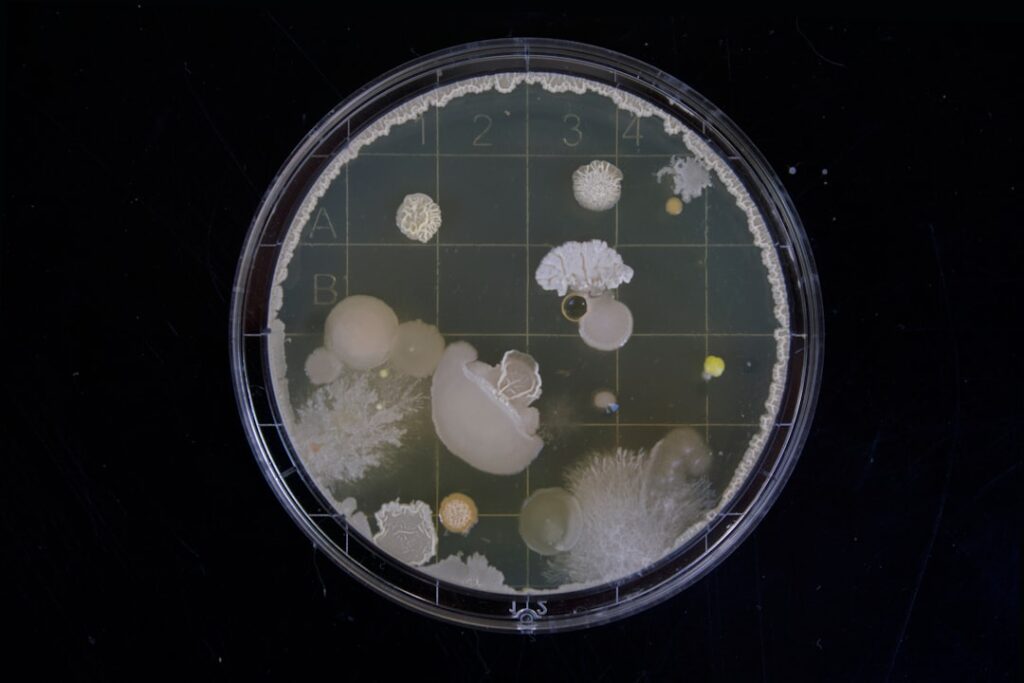Food spoilage: that frustrating moment when your perfectly good produce turns to mush or your leftovers develop an unappetizing aroma. But what’s actually happening at a microscopic level? And more importantly, can we truly understand and combat it? This article delves into the science of food spoilage, debunking common myths and arming you with effective preservation strategies.
Myth 1: Refrigeration Stops All Spoilage.
While refrigeration significantly slows down spoilage, it doesn’t halt it entirely. Lower temperatures inhibit the growth of many spoilage microorganisms, such as bacteria and molds, but they don’t eliminate them. Many bacteria can still survive and even multiply slowly at refrigerator temperatures, particularly psychrophiles – bacteria that thrive in cold environments. This is why even refrigerated food eventually spoils.
Myth 2: “Best By” Dates are Always Accurate Indicators of Spoilage.
“Best By” dates are primarily indicators of peak quality, not safety. While the food might not be at its optimal flavor or texture past this date, it’s often still safe to consume if handled and stored properly. This is especially true for products with a long shelf life, like canned goods or dry pasta. Always rely on your senses – smell, sight, and touch – to determine if food has spoiled, rather than solely on the date printed on the package. Using a food thermometer is also recommended for cooked items.
Myth 3: Freezing Food Always Prevents Spoilage.
Freezing significantly extends the shelf life of food by halting the growth of microorganisms. However, freezing doesn’t eliminate all enzymes, which continue to break down food components at a slower rate, gradually impacting quality over time (called “freezer burn”). Proper freezing techniques—rapid freezing and airtight packaging—are crucial to minimize this effect. Furthermore, some foods, like leafy greens, can develop an undesirable texture after freezing and thawing.
The Science Behind Spoilage:
Food spoilage is primarily driven by three factors:
-
Microbial Growth: Bacteria, yeasts, and molds are the main culprits. They thrive on nutrients present in food, producing metabolic byproducts that cause off-flavors, odors, and discoloration. Different foods provide ideal conditions for specific microorganisms; for example, high-moisture environments favor bacterial growth, while low-moisture environments allow for mold growth.
-
Enzyme Activity: Enzymes are naturally occurring proteins in food that catalyze biochemical reactions. These reactions break down food components, leading to changes in texture, flavor, and color. Even when microorganisms are absent, enzymatic activity can contribute to spoilage over time.
-
Oxidation: This chemical reaction involves the loss of electrons from molecules in food, often reacting with oxygen in the air. Oxidation leads to rancidity in fats and oils, discoloration of fruits and vegetables, and a loss of nutrients.
Effective Food Preservation Techniques:
Several techniques effectively combat these spoilage factors:
- Refrigeration: Slows microbial growth and enzymatic activity.
- Freezing: Halts microbial growth and significantly slows enzymatic activity.
- Canning: Uses high heat to eliminate microorganisms and create an airtight seal, preventing further contamination.
- Drying/Dehydration: Removes water, inhibiting microbial growth.
- Fermentation: Uses beneficial bacteria to create a hostile environment for spoilage microorganisms, resulting in products like yogurt, kimchi, and sauerkraut.
- Pickling: Uses high acidity to inhibit microbial growth.
Understanding the science behind food spoilage empowers us to make informed choices about food storage and preservation. By implementing the appropriate techniques, we can significantly reduce food waste and enjoy fresher, safer food for longer. Remember to always prioritize safety and use your senses to evaluate the condition of your food before consumption.
Photo by Michael Schiffer on Unsplash

